What Is A Slip Ring And How Does it Work
BY NBG
 2025-11-12
2025-11-12
VIEWS: 666
What Is A Slip Ring And How Does it Work?
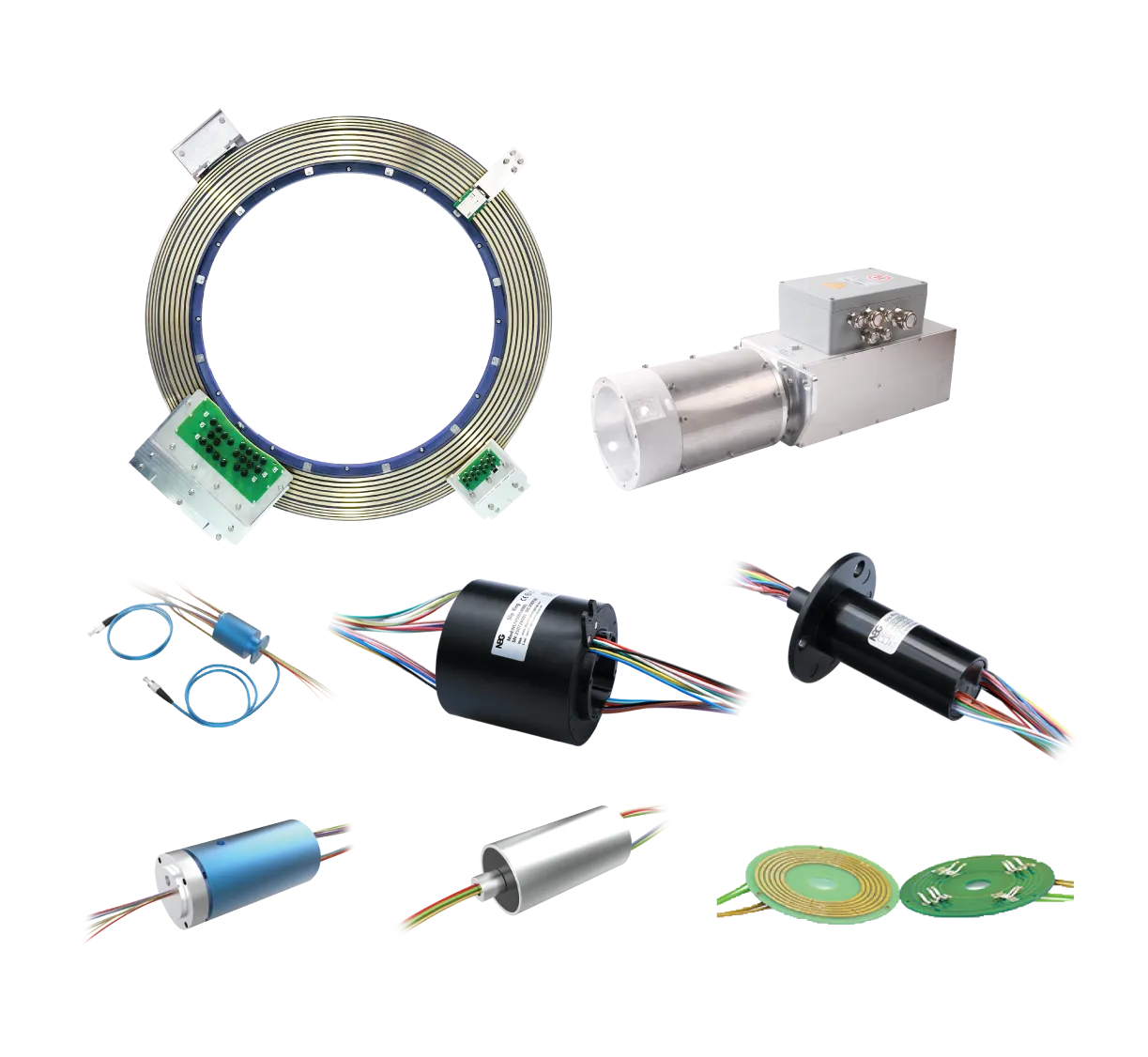
A slip ring is a great part of the new electromechanical technology. With this, you can transfer power and data from a stationary part to a rotating part. It helps lower friction levels, making the cables safer. This makes your machine efficient. With it, many rotating systems keep working properly.
What Is a Slip Ring?
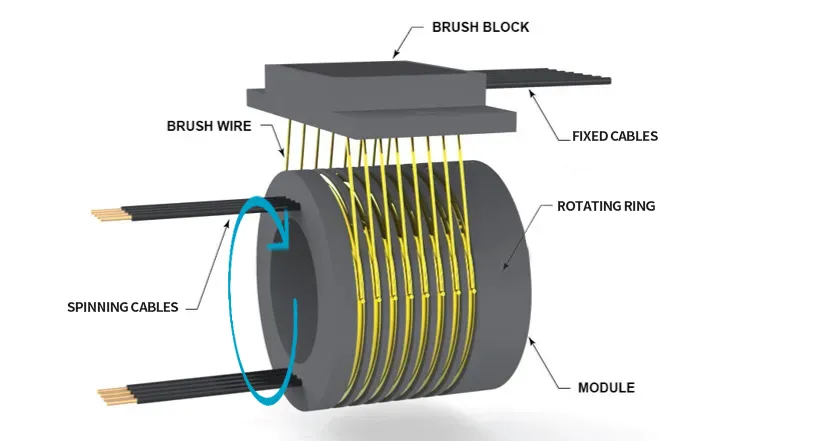
Basic Definition
A slip ring is an electromechanical connector that helps you in transferring power and signals between stationary and moving parts of a machine. Consider a rotating platform or wind turbine. It rotates indefinitely but requires electricity and control signals. The slip ring allows you to carry this out.
It is also referred to as a rotary electrical joint, collector ring, or rotating electrical connector. Each name describes its primary function, which is keeping electricity or data flowing through a rotating connection.
The Problem Slip Rings Solve
In rotating machines, directly connected wires twist, tangle, and eventually lose functionality. This leads to cable damage, noise, and system failure. Slip rings resolve the issue by keeping the movement in continuous rotation, preventing any cable twisting problems.
In the absence of slip rings, traditional systems have to rely on loose, non-functional wires or connectors. These can break or snap even by simple mechanical movements. As an additional downside, old slip ring systems have very tight limits for rotational angle, the machine’s speed, and the machine's lifespan. Slip rings provide uninterrupted mechanical motion and constant signal flow.
This technology is used in devices of various complexities, from medical scanners to giant wind turbines, which rely on safe, continuous rotation.
Key Components
Each component of a slip ring is streamlined to provide consistent performance. The design is small, yet made to last and offer smooth rotation.
Below, you can find the key components of a slip ring.
Component | Function |
Stationary Brushes | Conductive materials that maintain contact with the rotating ring. |
Rotating Rings | Circular conductive paths mounted on the shaft carry power and signals. |
Housing | Protective shell that keeps dust, moisture, and damage out. |
Shaft/Rotor | The central rotating element that drives motion and holds the ring assembly. |
How Does a Slip Ring Work?
Basic Operating Principle
So, how does a slip ring work? A slip ring maintains electrical flow between fixed and rotating sections. Power or data moves through stationary brushes that touch rotating rings. These brushes slide gently as the ring spins, keeping an electrical path open at all times.
The result is continuous power or signal transfer during a full 360° rotation. There are no breaks, no tangles, no interruptions. The system is simple, reliable, and effective even at high speeds.
The Transmission Process
This mechanism allows many machines to move freely while staying powered and connected.
1. Power or signal enters through the stationary brushes.
2. Brushes keep contact with the conductive rings that are rotating.
3. Current passes smoothly into the rotating side.
4. The device rotates endlessly without cutting the connection.
Brush and Ring Materials
The internal materials of a slip ring are important to ensure its effectiveness. It includes:
● Brush Materials: Carbon-graphite, precious metals, and fiber
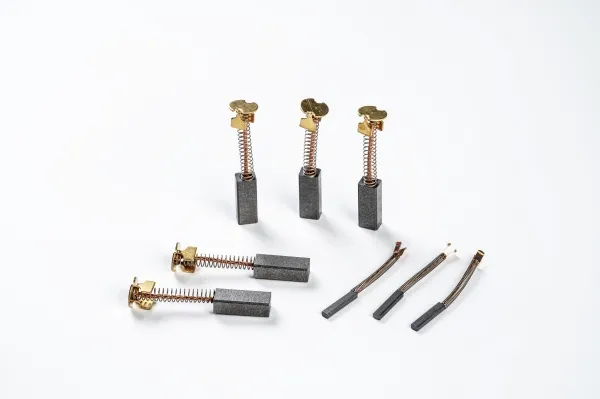
● Copper, gold-plated copper, and silver alloys
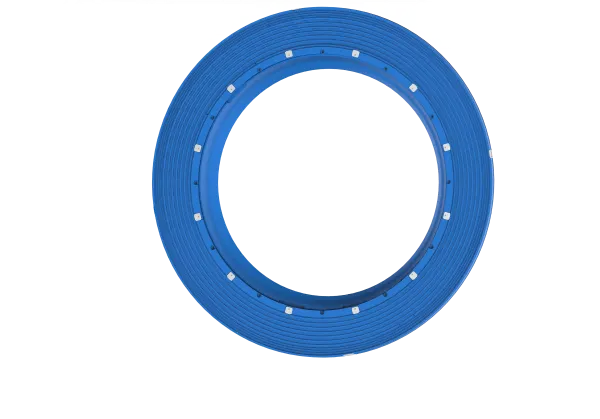
The application dictates the choice of metal. High-speed tools require surfaces that are smooth and incredibly durable. Systems that process data with minimal noise tend to use gold or silver due to their superior conductivity.
For extensive industrial applications, carbon brushes are the most ideal as they are durable and have friction resistance. Some high-end slip rings are made with self-lubricating materials to minimize wear and reduce maintenance.
Contact Mechanism
Slip rings have a sliding contact mechanism. Your brushes keep touching the metal ring to transfer the current when the ring rotates. The design minimizes friction even though some is still present.
Spring-loaded brushes and friction-managing coatings are common in modern slip rings. They maintain a stable connection by managing friction. Unstable contact surfaces increase electrical noise and reduce performance.
You can find contactless technology in specific models, such as inductive and capacitive coupling. This permits data and power to be transferred wirelessly, minimizing wear and extending its lifespan.
Types of Slip Rings
Slip rings are classified according to three categories:
By Design Configuration
● Capsule Slip Rings: Compact and sealed. Found in small devices, such as cameras and robots.
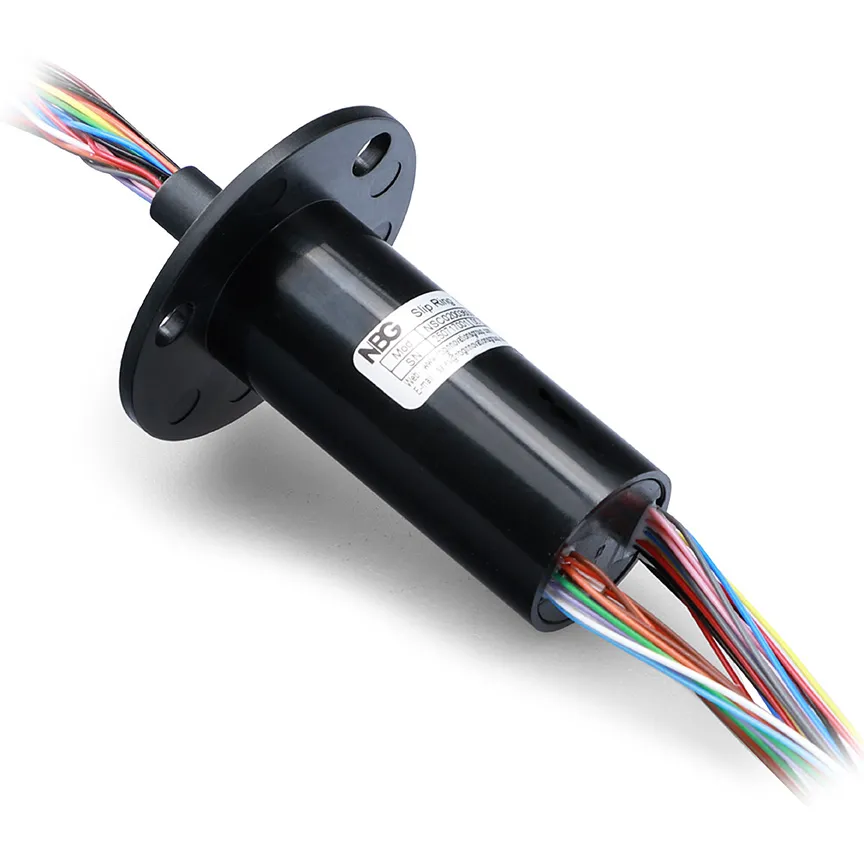
● Through-Bore Slip Rings: Have a hollow center for cables or shafts. Common in packaging or automation systems.
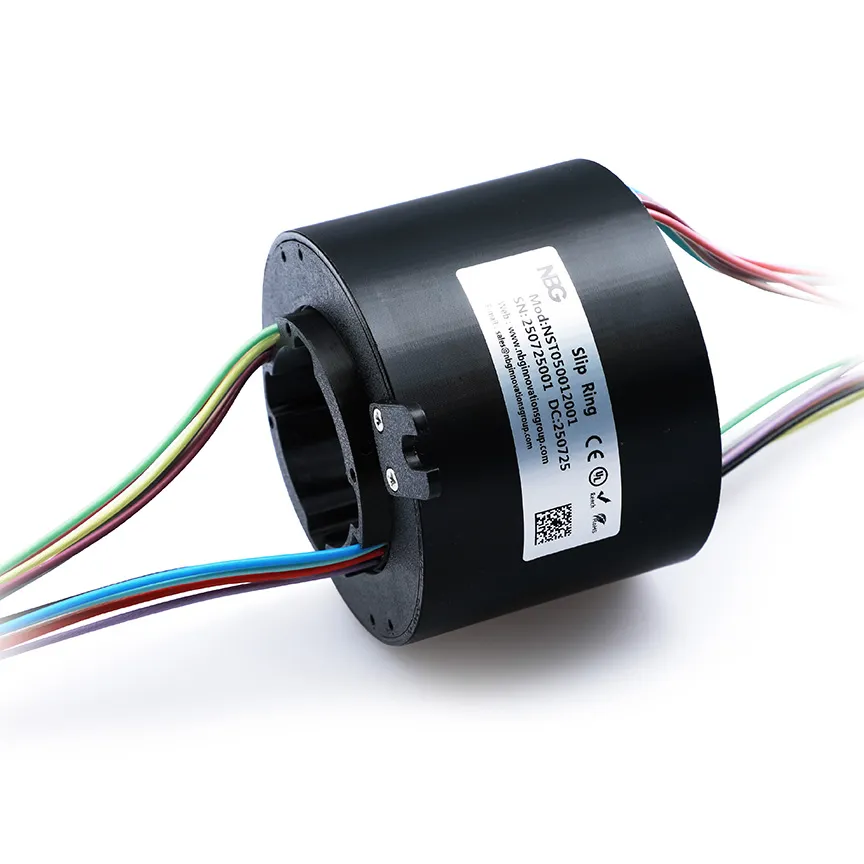
● Pancake Slip Rings: Flat and space-saving. Ideal in situations where height is limited.
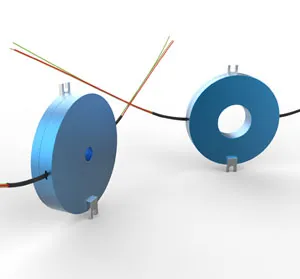
● Wireless Slip Rings: Contactless type using magnetic or capacitive transfer. Great for high-speed or sensitive applications.
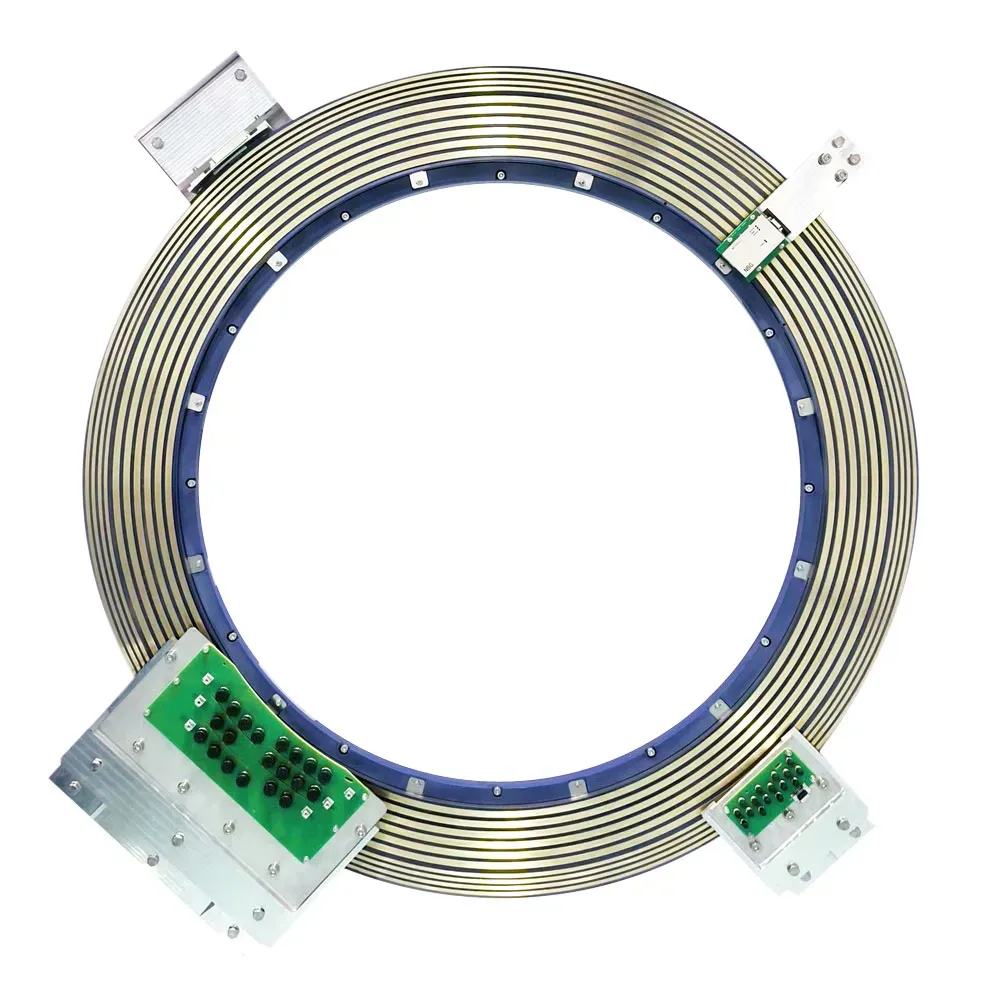
By Application
● Power Slip Rings: Carry high current for motors or generators.
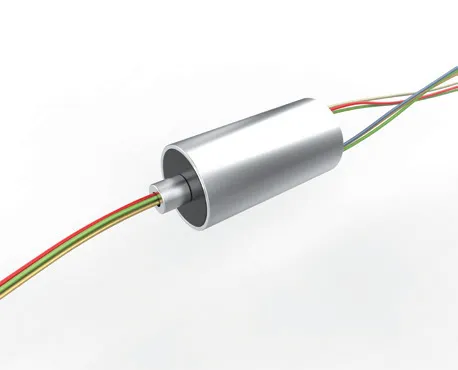
● Signal Slip Rings: Handle data, video, or low-voltage signals.

● Hybrid Slip Rings: Combine both power and signal circuits.
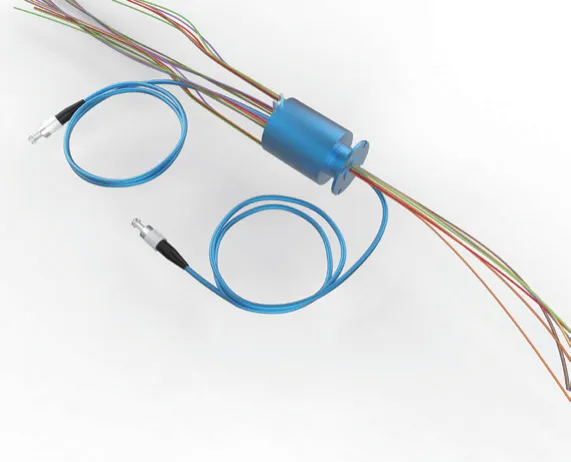
● Fluid/Pneumatic Rotary Unions: Transmit liquids or gases along with electrical power.
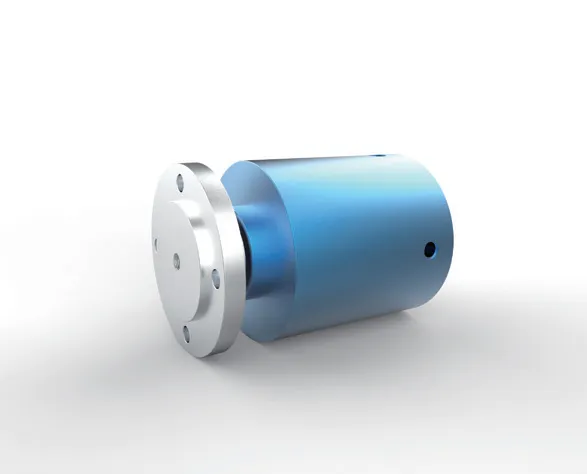
By Number of Circuits
Slip rings come in many circuit counts. These range from a single path to over 100 circuits.
High-density models are used in complex machinery needing multiple channels for sensors, power, and control systems.
Common Applications and Industries
Slip rings are used by various modern systems across different industries. Let's have a look at some common industrial applications of slip rings.
Renewable Energy
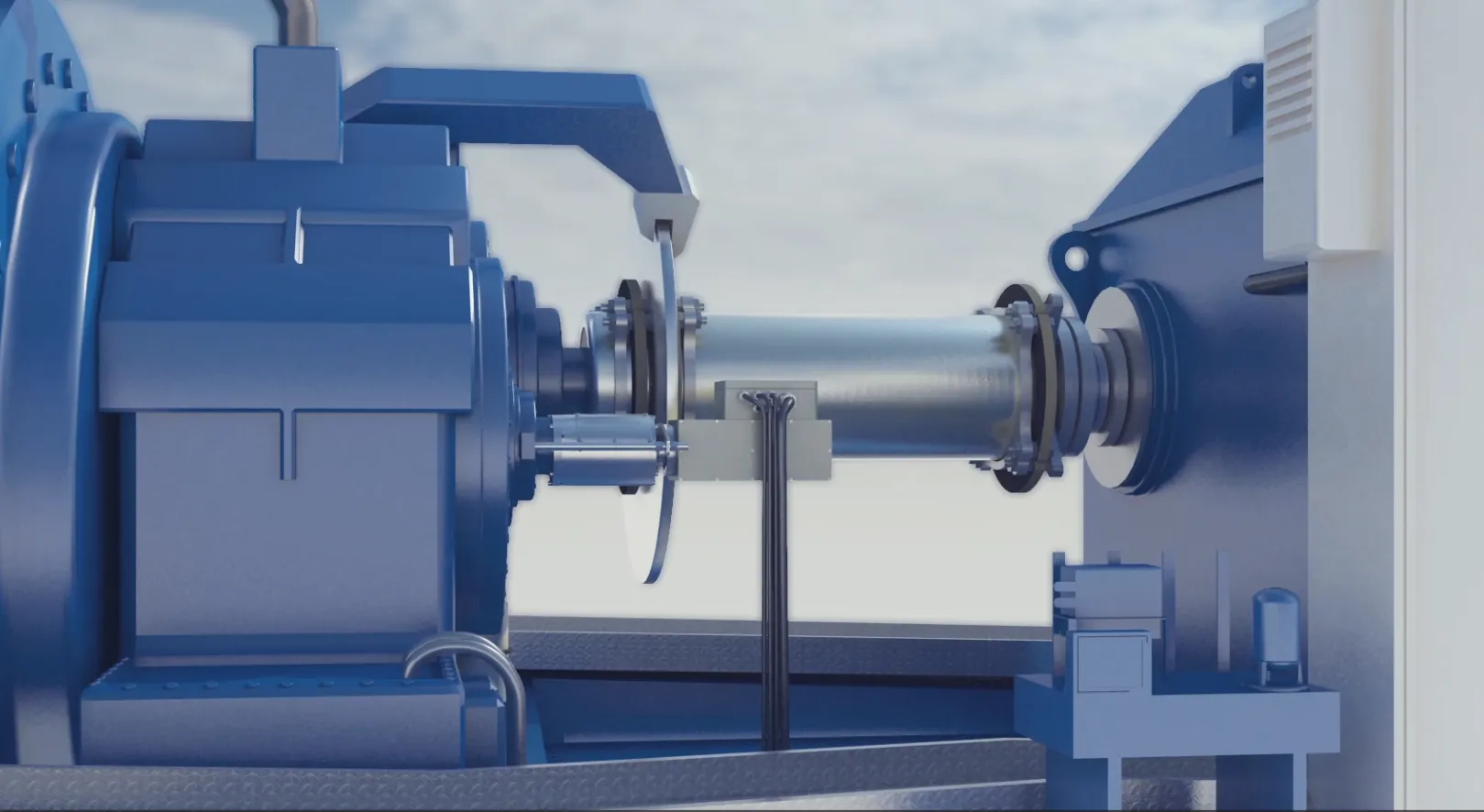
● Wind turbines use slip rings for pitch and yaw control
● Solar tracking systems rotate panels smoothly to follow the sunlight
Medical Equipment

● CT scanners rotate continuously around patients while transferring image data
● Robotic surgery arms use slip rings for steady movement and precision
Industrial Machinery

● Packaging machines need to rotate drums and tables with ease
● Rotary indexing systems depend on slip rings for speed and accuracy
● Cranes and cable reels are used for power transmission during lifting
Defense and Aerospace
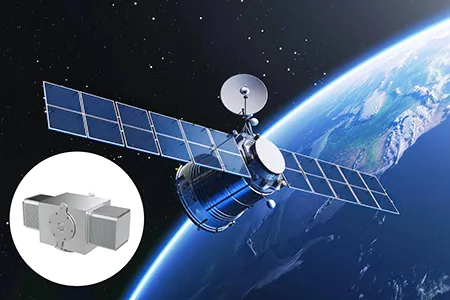
● Radar systems rotate continuously while sending data
● Tank turrets and missile launchers use slip rings to control movement
● Satellites use slip rings for antenna and sensor rotation
Entertainment and Robotics

● Amusement rides and stage platforms spin freely with a power supply
● Robotic arms need slip rings for motion and control
● Camera pan-tilt systems are used for smooth video streaming
Advantages and Limitations
Slip rings have both advantages and limitations. Let's look at both of them.
Advantages
Slip rings improve performance, reduce downtime, and extend the system’s life. You get the benefit of better safety standards and easier motion. Other added benefits are:
● Unrestricted and continuous rotation
● Power and data transmission move together
● Compact and flexible design alternatives
● Wire twisting and breakage are avoided
● Some models require minimal upkeep
Limitations and Challenges
These challenges are best dealt with through regular maintenance and the proper choice of materials. Limitations include:
● Brushes in contact types are worn out over time
● Sensitive data signals are compromised due to electrical noise
● Scheduled upkeep is unavoidable to maintain proper contact
● Material and design control the maximum achievable speed
● More precision and better materials mean a higher cost for high-performance versions
Maintenance and Lifespan Considerations
Even though slip rings are made from durable materials, they still require some care and maintenance. Factors that affect their service life include:
● Rotation Speed
● Electrical Load
● Temperature and Environment
With proper maintenance, slip rings may operate for millions of rotations without failure. Here’s how you can keep them functional for a longer time:
1. Inspect the brushes and rings regularly for wear or build-up of dirt.
2. Don’t let dust and debris collect on the contacts.
3. Worn-out brushes should be replaced.
4. The slip ring should be sealed to safeguard against moisture.
5. Any unusual noise, heat, or vibration should be investigated, as they may indicate possible faults.
Conclusion
While a slip ring appears to be a simple device, it enables a great deal of motion control innovation. It ensures that rotating machines can be powered, connected, and made safe. From robotics to renewable energy, this small component enables the world to turn quietly, smoothly, and efficiently.









